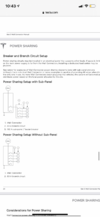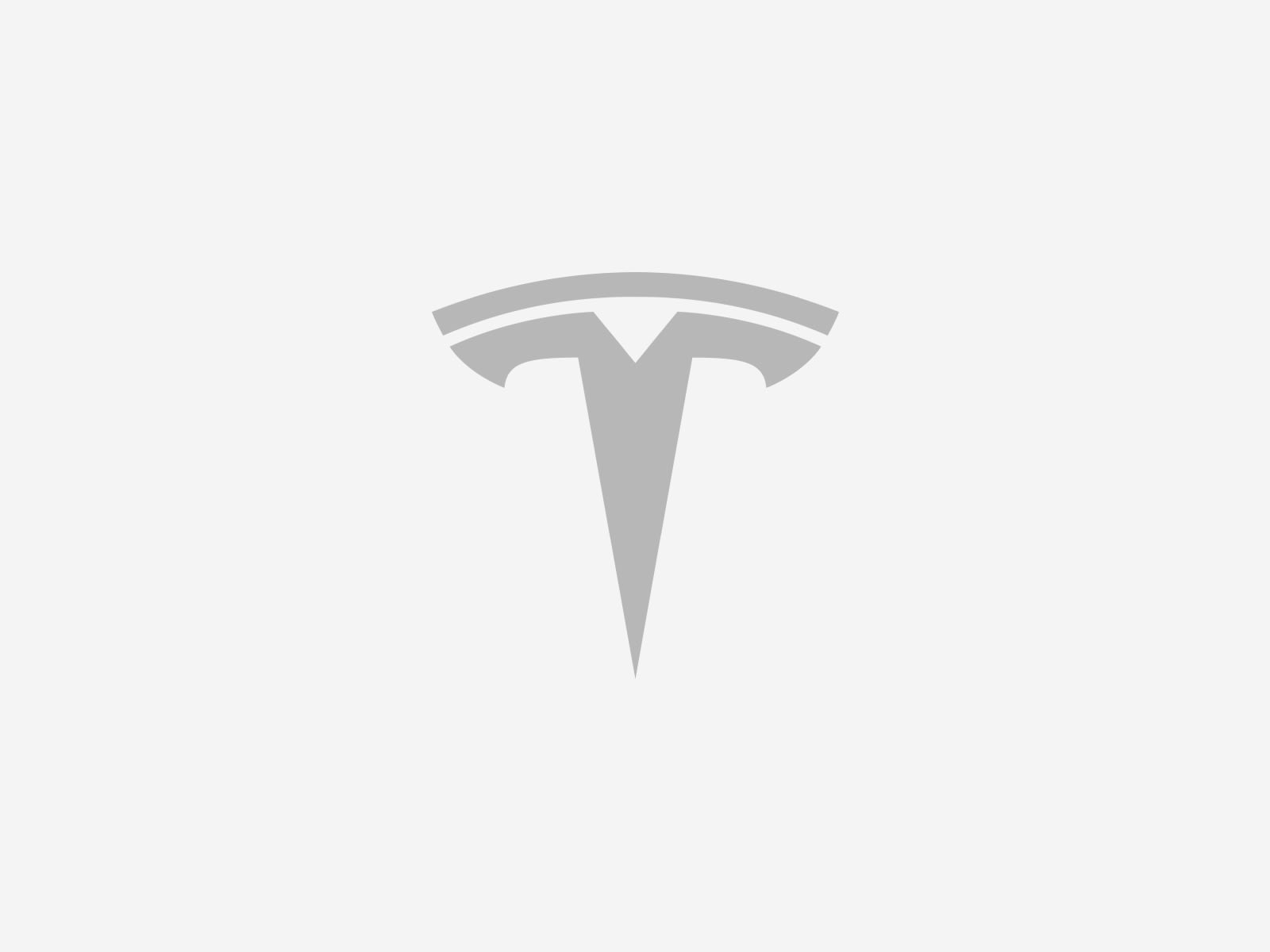Right, per page 24 of the installation manual, a subpanel is not required. OTOH, even without a subpanel you are expected to have individual branch circuits to EACH wall connector, also per page 24. That's just how it is, I'm not saying I agree it should be required.
It sure looks that way. I'm confident the electricians will get it resolved. It would help if the manual didn't contradict itself.




